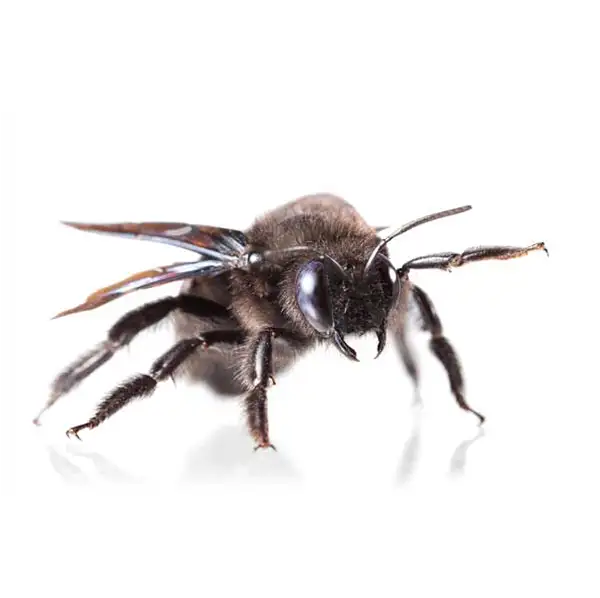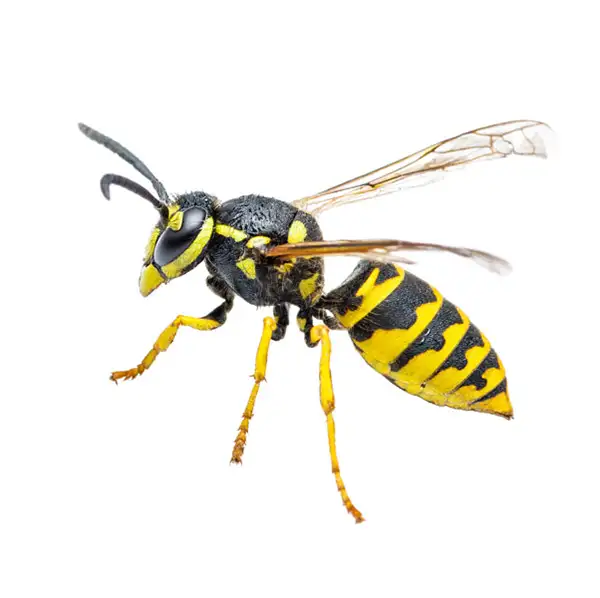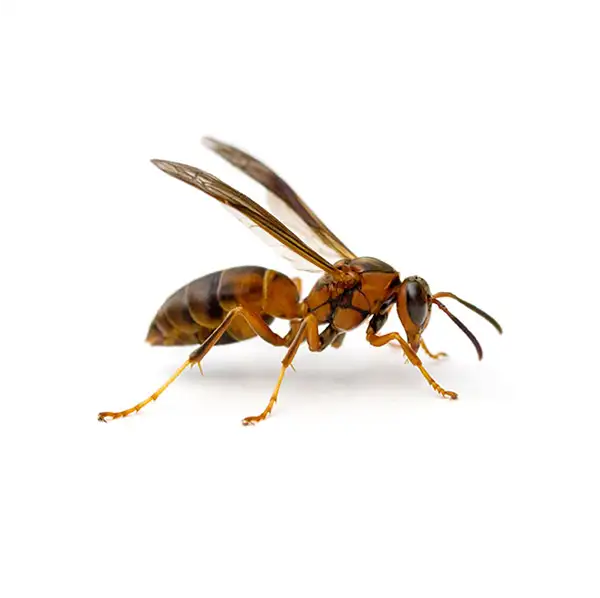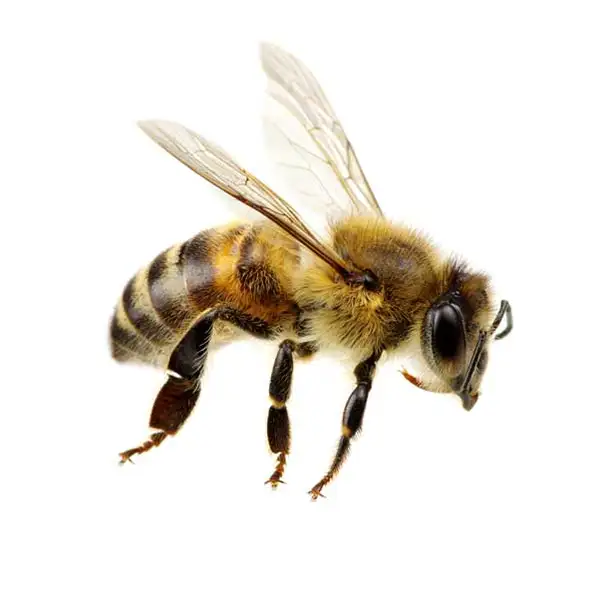Description
Carpenter bees are a large species of bees. Depending on their species, they can range in size from 1/4 to 1 inch in length. Their body is oval with a robust appearance to it. Carpenter bees are often confused with bumblebees because both are black and yellow and have an overall fuzzy look. Unlike bumblebees, however, carpenter bees lack stripes and have a smooth, hairless abdomen.
Biology and Behavior
- Carpenter bees do not eat the wood that they create in their nesting areas. They excavate it and leave piles of wood shavings underneath the entrance.
- The female carpenter bee expertly creates her gallery by making a hole about 3/8th 1/2 inches in diameter. She then tunnels with the grain through the wood.
- Carpenter bees are a solitary species; each female carpenter bee creates her own nest, but several carpenter bees may choose the same piece of wood or area to nest in.
- Carpenter bees often choose to return to the same area year after year.
- They prefer to nest in softwoods that are unpainted, unstained, or weathered. Decks, porches, sheds, roof eaves, wooden shingles, wooden furniture, and wooden play structures are often nesting sites for carpenter bees.
- Carpenter bee tunnels can cause structural damage to pieces of wood; however, it is woodpeckers that can cause most of the damage to the wood. They peck at the hole the bees have created to feed on the eggs.
- Carpenter bee females have a stinger, and their venom is strong enough to cause an allergic reaction in a person. However, females are shy and rarely sting.
- Male carpenter bees do not have a stinger. They are responsible for guarding the nest. To protect the nest, they very aggressively fly around any perceived threat to drive them away.
Carpenter Bee Prevention Tips
- Paint, stain or treat any wooden structures on your property.
- Though carpenter bees can attack any wood, they prefer softwood; if possible, use hardwoods to create structures on your property.
- Routinely inspect wooden structures for holes and other signs of carpenter bee activity.



